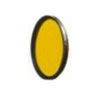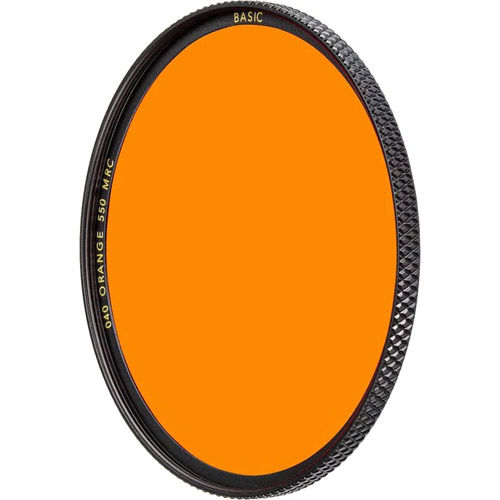- Webcode: 102855 • Mfr: 66-1102655
Product Highlights
- Black & White Filter
- 46mm Diameter Thread
- Increases Black & White Contrast
- Darkens Blue Skies
- Lightens Highlights and Warm Tones
- MRC Coating

B+W Filters 46mm Yellow-Orange 040 Glass Screw In Filter for Black and White
B+W Filters 46mm Yellow-Orange 040 Glass S...- Toronto Special Order
- Ottawa Special Order
- Mississauga Special Order
- Calgary Special Order
- Edmonton Special Order
Overview
BASIC Orange 550 (040)
The B+W 040 Orange Filter 550 already has a very pronounced effect and darkens violet and blue very strongly, green quite strongly, and even yellowish green a little. Landscape and architectural photos show an increased, almost "graphic" contrast, while a cloudy sky may already appear dramatic.
Black & White Filters
B+W Black & White filters, as the name suggests, are mainly used in black and white photography.
Yellow filters, for example, can help to add more brilliance to landscape photos and to differentiate the greens in plants and foliage. Yellow and orange filters can conjure clouds out of mere cloudlets, while red filters can increase them to dramatic storm strength or create moonlight effects in daylight.
Reviews
Questions & Answers
B+W Filters 46mm Yellow-Orange 040 Glass Screw In Filter for Black and White
Looking for a personal touch? Not sure if you are choosing the right product? Our staff is here to help.
We want to make sure you get the right product for your needs.
Our staff will help you understand the options available so you can be confident in your purchase.
As the country’s leading Professional Imaging retailer, Vistek is in the perfect position to ensure you make the right choice.
Contact us today for a personal touch.


